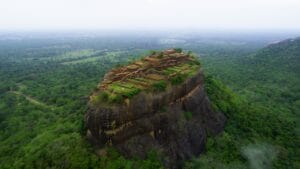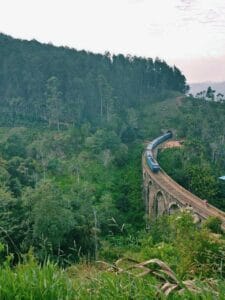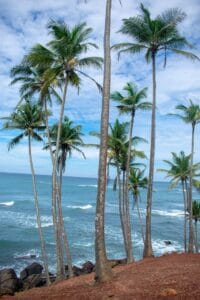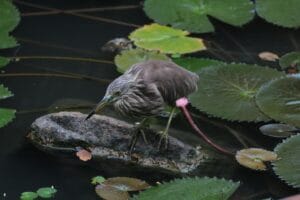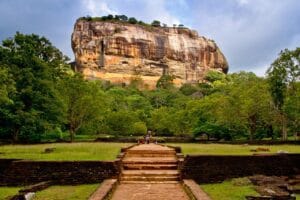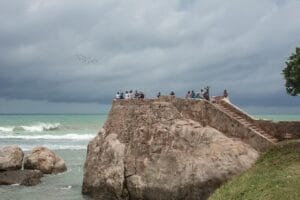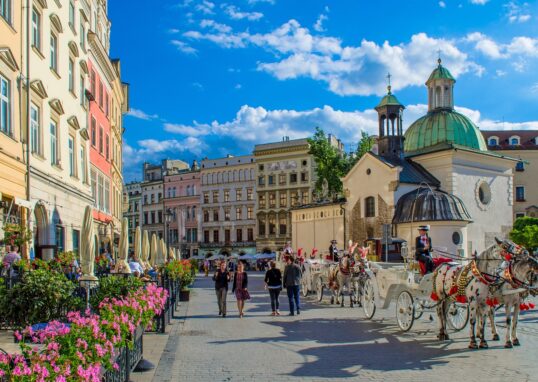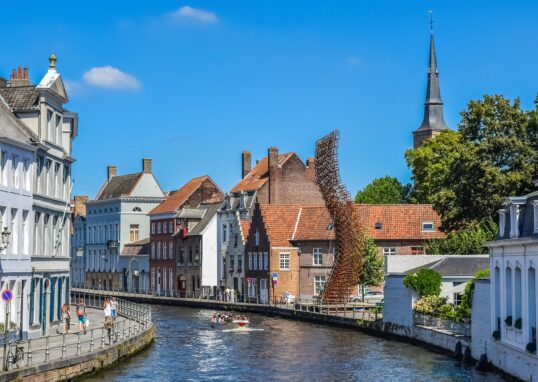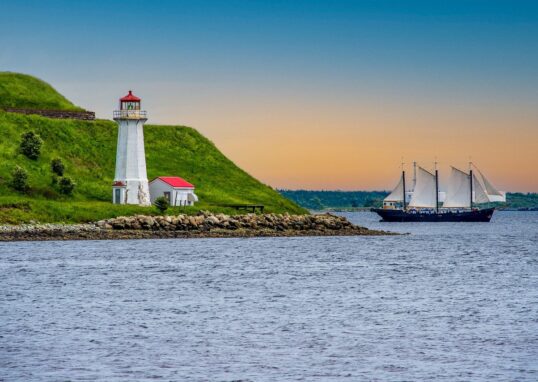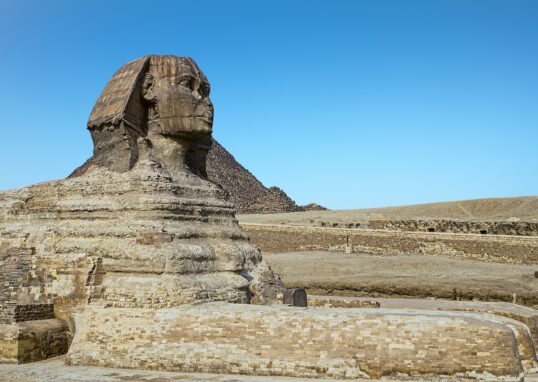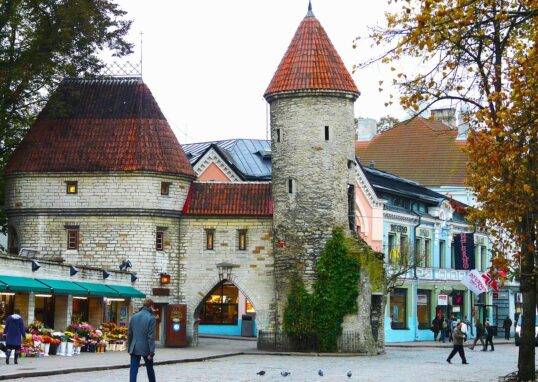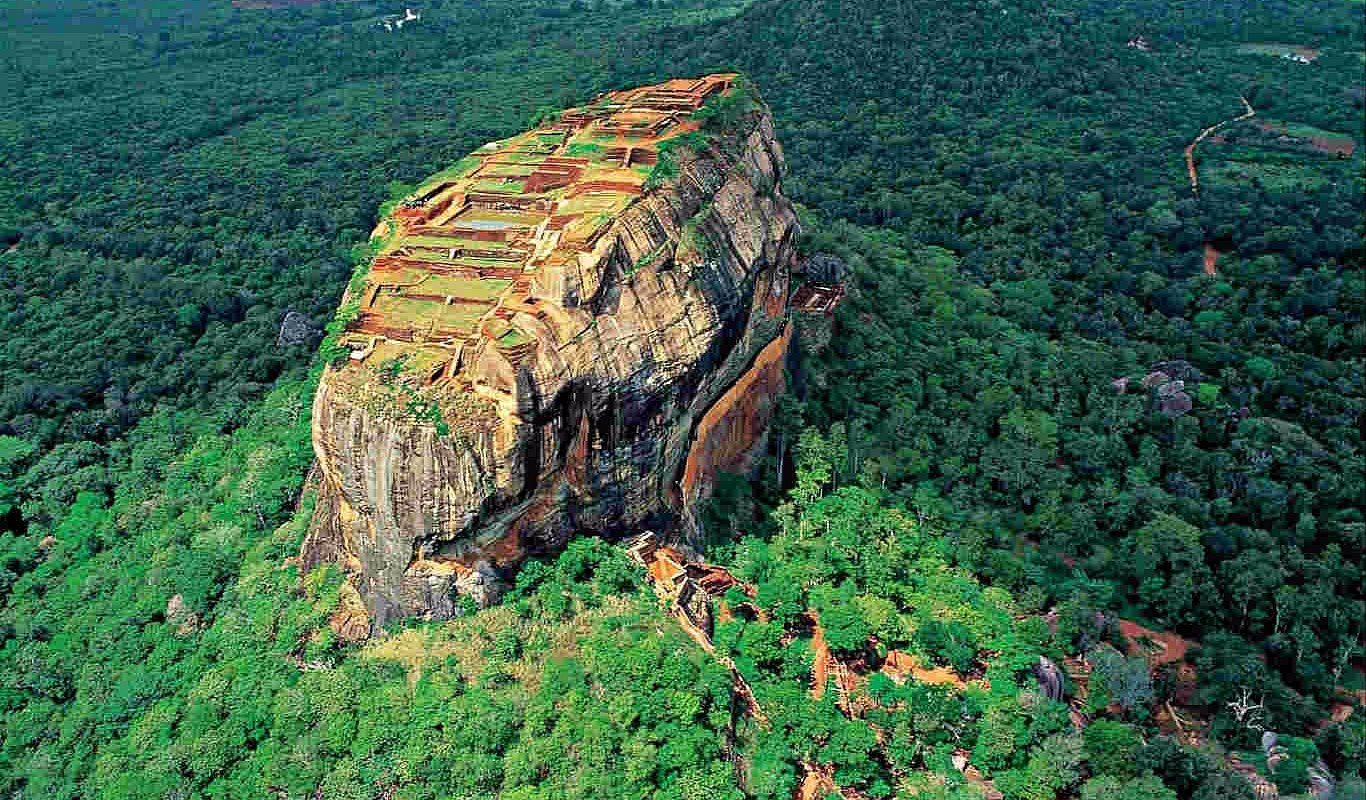
Ancient City of Sigiriya – The Lion Rock of Sri Lanka
Sri Lanka is a nation rich in history and in nature. Among its many treasures, there is one location that is mysterious and picturesque. That is Sigiriya, otherwise known as the Lion Rock. Sigiriya is not a rock. Sigiriya is a historic fortress, a king’s palace, and a world heritage site. Sigiriya combines history, art, nature, and engineering in one place. It is one-stop shopping. The tale of kings and war, of imagination and survival is brought alive on this land. In this blog post, we will be talking about Sigiriya in detail. We will take into consideration its history, architecture, frescoes, gardens, and cultural significance. We will also take into consideration the surrounding areas that one can visit. After reading it, you will know why Sigiriya is one of Sri Lanka’s and the world’s greatest treasures.
History of Sigiriya
Sigiriya’s history goes back more than 1,500 years.
King Kashyapa
Sigiriya was built by King Kashyapa I, who ruled from 477 to 495 AD. He chose this huge rock on which to build his fortress and palace. The reason for this was symbolic and strategic. Kashyapa had to protect himself from enemies. He also wanted to show that he could have a palace at the top of the rock.
The Royal Legend
According to ancient history, Kashyapa assassinated his father, King Dhatusena, and was made king. His brother Moggallana, the rightful heir, returned to India. Kashyapa did not seek revenge so he built Sigiriya as a fortress-palace where he could reside safely. Moggallana returned with an army later. Kashyapa defended himself but lost. Sigiriya was turned into a Buddhist monastery after Kashyapa’s death.
Later History
Monks held Sigiriya for a number of centuries. They left their cave inscriptions and meditation caves behind. Later, the place was abandoned. It was hidden in the jungle until British adventurers found it in the 19th century.
The Rock of Sigiriya
Sigiriya is a mammoth granite rock with an elevation of about 200 meters above the plains. At a distance, it looks like a massive stone mountain towering high in isolation.
Climbing the Rock
Visitors climb Sigiriya by means of 1,200 steps. It is not an easy climb, but it is worth it. There are terraces, frescoes, galleries, and views along the way. At the top, visitors find themselves at the site of the old palace. From here, the scenery is breathtaking. You can see forests, lakes, and villages stretching miles and miles.
The Lion Gate
Another salient feature of Sigiriya is the Lion Gate. Tourists come across a gigantic gate made in the shape of a lion midway through the climb. A lion’s mouth-shaped gate was built. Lion’s paws are present today, cut from stone. This lion imagery is what gave Sigiriya its name. “Sinha” is lion in Sinhala, while “giriya” is rock. Lion Rock is the collective meaning of the two.
Frescoes of Sigiriya
Sigiriya is famous for fresco paintings. They occur on the western face of the rock.
What Do They Show?
The frescoes illustrate good-looking women with beautiful jewelry, gracious poses, and flowers in hand. Some claim they are goddesses or apsaras (heavenly maidens). Others believe they are palace ladies.
Art Style
The colors are rich, with reds, greens, and yellows. The style is unique to Sigiriya and is considered one of the best works of ancient Sri Lankan art. There are only about 18 frescoes left today, although in the past there were many, many more.
The Mirror Wall
The Mirror Wall is another unique feature of Sigiriya. This wall was once so highly polished that the king could see his own image in it. Centuries ago, guests used to leave poems and notes on the wall. These are some of the oldest graffiti in the world. There is love poetry, appreciation of the paintings, and philosophical thoughts about beauty.
The Gardens of Sigiriya
Sigiriya is not only about the rock. There are also some of the world’s earliest landscaped gardens.
Water Gardens
There are water gardens in the form of symmetry at the base of the rock. Pools, fountains, and canals are engineered with capabilities far ahead of their time. Even today, after rains, fountains function.
Boulder Gardens
Large natural boulders were arranged to create shaded pathways and meditation spaces. Some of the boulders had guard posts and sentry spots.
Terraced Gardens
In the rock slope, terraced gardens were built using brick walls and steps. They go up to the palace. Sigiriya’s gardens depict the harmonious merge of nature and human intelligence.
The Palace on Top
On top of the rock is the location of King Kashyapa’s palace ruins. There are water tank remains, foundations, and ruins of walls. The water tanks contained water to bathe and drink from. At the top, you can envision the king looking out over his kingdom below. The palace was a fortress and a showpiece of royal power.
Sigiriya as a UNESCO World Heritage Site
In 1982, Sigiriya was included as a UNESCO World Heritage Site.
The. site is protected as a. world cultural heritage. It is famous for its:
- Distinct town planning. Sophisticated hydraulic systems. Frescoes of art. Cultural as well as historical importance
Sigiriya is. Today one of. the most. visited places in Sri Lanka.
Surrounding Places to Visit Near Sigiriya
The Ancient City of Sigiriya is the hub of Sri Lanka’s cultural triangle. But the trip does not end at Lion Rock. There are many other sites filled with history, culture, wildlife, and nature surrounding Sigiriya. All these surrounding sites are an added bit of thrill to a trip to Sigiriya. Here, in this section, we will be telling you about the top spots near Sigiriya in fine detail. We will also give you distance tips, activity tips, and what to see there.
Dambulla Cave Temple
Just 20 kilometers south of Sigiriya, the Dambulla Cave Temple is a UNESCO World Heritage Centre. It is the largest and most preserved cave temple complex in Sri Lanka. There are five large caves in the site, each with statues and wall paintings. There are over 150 Buddha statues. Some are small ones, and there are others more than life size. The ceilings and walls are painted with vivid colors depicting scenes from Buddhist tales. Tourists will feel the serene ambiance. The caves are dark, cool, and silent. It is like going back in time. From the outside, the Dambulla Temple also has fantastic views of the countryside. It is one of those places where numerous tourists go either before or after Sigiriya.
Tip: Wear comfortable shoes as you will need to climb a small hill to get to the caves.
Minneriya National Park
About 30 kilometers from Sigiriya lies Minneriya National Park, one of Sri Lanka’s best-known parks for wildlife. The park is renowned for the “Gathering of Elephants.” During the dry season (June to September), hundreds of elephants congregate at the Minneriya Tank (a gigantic man-made lake). It is the largest Asian elephant congregation in the world. Besides elephants, tourists also catch a glimpse of deer, monkeys, crocodiles, and various bird species. Safari jeeps drive tourists deep into the park for an up-close experience with nature.
Tip: Late afternoon is the best time to visit, as there are elephants present at that time for drinking water.
Kaudulla National Park
Near Minneriya is the Kaudulla National Park, which lies 35 kilometers from Sigiriya. The park is another decent place for elephant safaris. Elephants move between Minneriya and Kaudulla during certain seasons. This means that tourists should be able to view them either at one of the two parks. Kaudulla is less touristy than Minneriya, and thus some tourists visit it for a peaceful safari experience. In addition to elephants, you should be able to view leopards (though not frequent), sloth bears, and foreign birds.
Hurulu Eco Park
Hurulu Eco Park is roughly 25 kilometers from Sigiriya. It is a forest reserve with dry evergreen forests. The park is included in the elephant migratory route of Sri Lanka. Several safari companies group Hurulu together with Minneriya and Kaudulla. This is referred to as the “Elephant Corridor.” Wherever guides see elephants, they will know which is the best park to go. The park also includes other creatures like macaques, spotted deer, and junglefowl.
Tip: If you are visiting there in May or June, Hurulu is the destination to visit for elephant spotting.
Pidurangala Rock
Right next to Sigiriya, just 2 kilometers away from it, is Pidurangala Rock. This rock is slightly smaller than Sigiriya but offers one of the best views in Sri Lanka. The ascent of Pidurangala is also popular at sunrise and sunset. From the top, you get a full view of Sigiriya Rock dominating the treetops. The ascent itself takes about 30–40 minutes and is less expensive than ascending Sigiriya proper. On the ascent up, tourists catch a glimpse of a reclining Buddha statue and little caves where monks used to live.
Tip: Carry a flashlight when climbing early in the morning. The path is dark and stony.
Polonnaruwa Ancient City
Approximately 60 kilometers to the east of Sigiriya is Polonnaruwa, another UNESCO World Heritage Site. This city was the capital of Sri Lanka in the 11th and 12th centuries. It’s now an open-air museum with ruins of palace, temple, and gardens. The most visited attraction here is the Gal Vihara, a quadruplet of huge Buddha statues carved out of granite rock. The other main attractions are the Royal Palace, Parakrama Samudra Lake, and many old temples. Polonnaruwa is large, so many visitors rent bicycles to ride around the ruins.
Tip: Start early in the morning to remain cool.
Anuradhapura
A little bit of a distance further, about 75 kilometers from Sigiriya, is Anuradhapura. Anuradhapura was Sri Lanka’s first capital. It is famous for its massive stupas, sacred Bodhi Tree, and ancient monasteries. The Sri Maha Bodhi Tree, as it is claimed, is the oldest surviving tree to be planted by human hands. It was grown from a cutting of the tree under which the Buddha had achieved enlightenment. Anuradhapura is one of the holiest places for Buddhists. Walking through the ruins, visitors can feel the historical and spiritual value of the location.
Habarana
Habarana is a small town located about 15 kilometers from Sigiriya. It is one of the most popular bases for the tourists to the cultural triangle. The town is surrounded by lakes, forests, and eco-lodges. Habarana serves as the base point for the majority of safari excursions to Minneriya and Kaudulla. The town also offers village tours, where the visitors experience the life of a common Sri Lankan. Travelers can ride bullock carts, take boat tours, and relish local food cooked in clay pots.
Ritigala Forest Monastery
About 25 kilometers from Sigiriya, hiding deep in the jungle, is Ritigala Forest Monastery. This ancient Buddhist monastery is on a mountain peak. The location has stone pathways, meditation platforms, and courtyards. Ritigala is enigmatic and peaceful since it is surrounded by thick forest. Myths say Ritigala is said to be connected to the Ramayana saga where the monkey god Hanuman dropped a fragment of a mountain here. Today, the monastery is a peaceful place with minimal tourists.
Aukana Buddha Statue
Approximately 70 kilometers from Sigiriya is the Aukana Buddha Statue. This standing Buddha, 12 meters tall, is chiseled out of a single block of granite. It was built during the 5th century. The statue is wonderfully preserved and is one of the finest examples of ancient Sinhalese stone carvings. Pilgrims even today come to worship.
Matale Spice Gardens
Along the Sigiriya to Kandy route, tourists shall pass through Matale. The town is famous for its spice plantations. Visitors are able to see how spices like cinnamon, pepper, nutmeg, and cardamom are grown. Guides indicate how such spices are utilized in cooking and also in traditional medicine. Various gardens also provide such items as oils, creams, and spices for sale to tourists.
Kandy
Although somewhat farther away, around 90 kilometers north of Sigiriya, Kandy is also worth visiting. It is one of Sri Lanka’s major cities. Kandy holds the Temple of the Tooth Relic, which holds a sacred tooth of the Buddha. The temple is a significant center of pilgrimage. The city is also famous for cultural dances, botanical gardens, and the scenic Kandy Lake. The Esala Perahera festival annually, with multicolored parades and elephants, attracts thousands of tourists.
Visiting Sigiriya – Practical Guide
- Best Time to Visit: January to April and July to September are the best months. Avoid the heavy rains in October and November.
- Opening Hours: 7:00 AM to 5:30 PM (last entry at 4:30 PM).
- Entry Charge: Around 30 USD for overseas visitors.
- Clothing: Wear light clothing, comfortable shoes, and carry water.
- Tips: Go early in the morning to avoid sun and crowds.
Conclusion
Sigiriya Ancient City is not a rock. It is where history meets art meets nature. Built by a king in fear, it became an architectural and design work. From gardens and frescoes to Lion Gate and palace ruins, everything at Sigiriya has a voice. It is the voice of ambition, creativity, and beauty. Villages surrounding Dambulla, Minneriya, Polonnaruwa, Anuradhapura, and Pidurangala contribute even greater depth to the experience. A trip to Sigiriya is not sightseeing. It is a step back in time. It is an experience that takes people near to the core of Sri Lanka’s history and culture.

